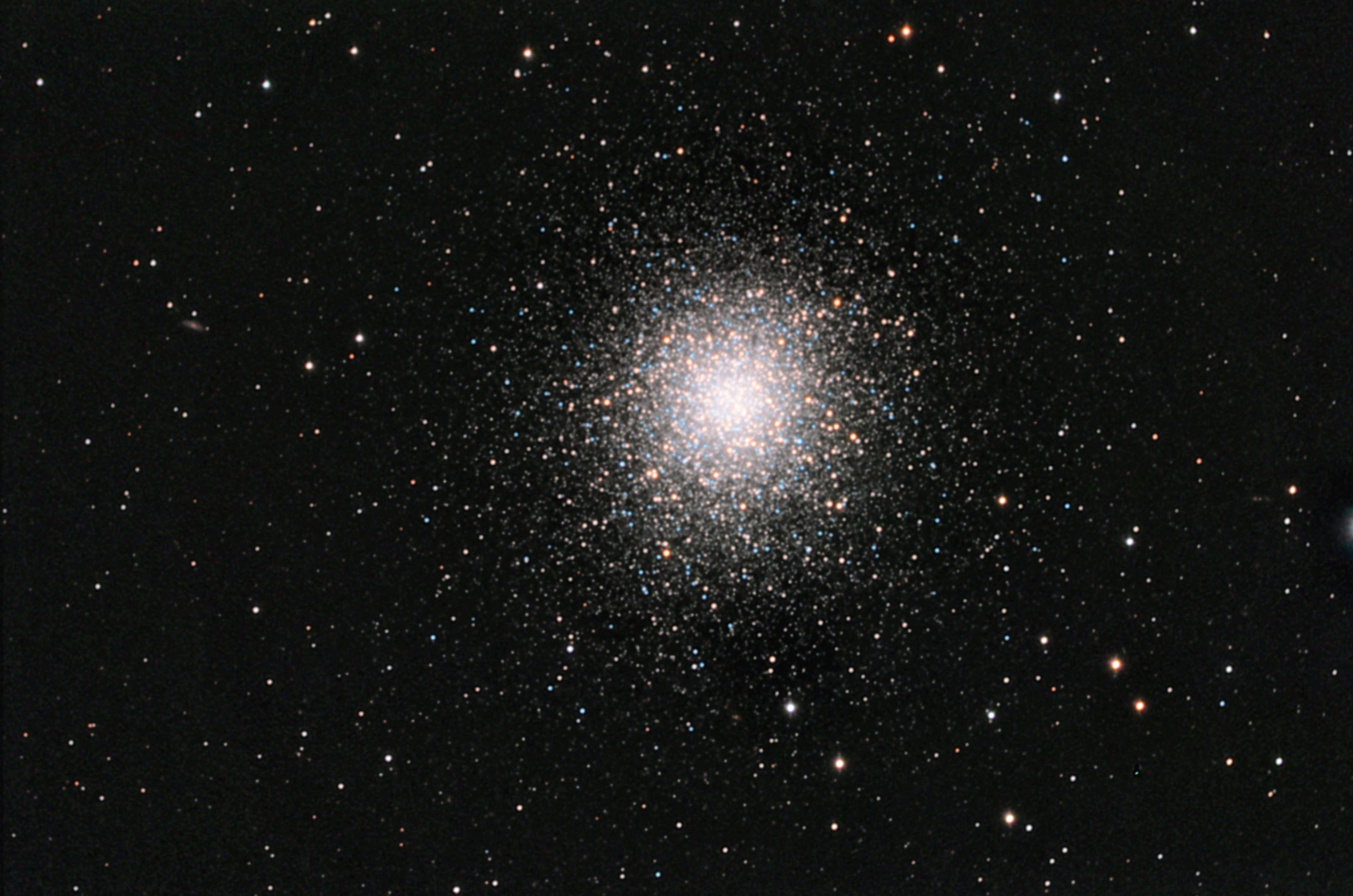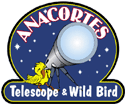Over One Billion Galaxies Blaze Bright in Colossal Map of the Sky

The largest two-dimensional map of the sky ever made has grown even larger with the tenth data release from the DESI Legacy Imaging Surveys — a monumental six-year survey covering nearly half the sky. This new data release adds increased sky and wavelength coverage to the already completed surveys made with data from NSF’s NOIRLab telescopes at Kitt Peak National Observatory in Arizona and Cerro Tololo Inter-American Observatory in Chile. (Image Credit: DECaPS2, DOE, FNAL, DECam, CTIO, NOIRLab, NSF, AURA. Image processing: M. Zamani and D. de Martin - NSF’s NOIRLab)
Over One Billion Galaxies Blaze Bright in Colossal Map of the Sky
The Universe is teeming with galaxies, each brimming with billions of stars. Though all galaxies shine brightly, many are cloaked in dust while others are so distant that to observers on Earth they appear as little more than faint smudges. By creating comprehensive maps of even the dimmest and most-distant galaxies, astronomers are better able to study the structure of the Universe. The largest such map to date has just grown even larger, with the tenth data release from the DOE’s Lawrence Berkeley National Laboratory's Dark Energy Spectroscopic Instrument (DESI) Legacy Imaging Survey.
The DESI Legacy Imaging Survey expands on the data included in two earlier companion surveys: the Dark Energy Camera (DECam) Legacy Survey and the Beijing-Arizona Sky Survey. Jointly these three surveys imaged 14,000 square degrees of the sky visible from the northern hemisphere using telescopes at NSF’s NOIRLab’s Kitt Peak National Observatory (KPNO) and Cerro Tololo Inter-American Observatory (CTIO) in Chile.
This ambitious six-year effort involved three telescopes, one petabyte (1000 trillion bytes) of data, and 100 million CPU hours on one of the world’s most powerful computers at the US Department of Energy’s National Energy Research Scientific Computing Center.
This effort culminated in the largest two-dimensional map of the sky ever created. With collective observations by the Mosaic-3 camera on the Nicholas U. Mayall 4-meter Telescope and the 90Prime camera on the University of Arizona Bok 2.3-meter Telescope, both located at KPNO, as well as the DOE-built Dark Energy Camera (DECam) on the Víctor M. Blanco 4-meter Telescope at CTIO in Chile.
One of the main purposes of this map is to identify roughly 40 million target galaxies for the five-year DESI Spectroscopic Survey, which is aimed at understanding dark energy by precisely mapping the expansion history of the Universe over the last 12 billion years. The DESI project has selected its targets and the spectroscopic survey is currently underway. However, the team is looking to create the most comprehensive map of the sky that they can, so more images and improved processing have been added to the Legacy Surveys to include data that was previously missing.
Most notably, the tenth data release focuses on integrating new imaging from DECam of the southern extragalactic sky, especially in areas away from the Milky Way’s disk, which are ideal for looking far into the cosmos.
With the addition of southern sky images in the new data release, the Legacy Surveys have been expanded to over 20,000 square degrees, nearly half the sky. In addition, the new release includes images of the sky taken in an additional color filter, able to sample infrared light just redder than what the human eye can see. The additions to the map’s footprint and wavelength coverage will in turn make the data useful to a wider group of scientists.
“The addition of near-infrared wavelength data to the Legacy Survey will allow us to better calculate the redshifts of distant galaxies, or the amount of time it took light from those galaxies to reach Earth,” said Alfredo Zenteno, an astronomer with NSF’s NOIRLab and principal investigator of DECam eROSITA Survey (DeROSITAS).
“This is essential for surveys at radio and X-ray wavelengths that need the complete ‘optical’ view to identify the origin of the emission, like clusters of galaxies and active supermassive black holes,” said Mara Salvato, a researcher at the Max Planck Institute for Extraterrestrial Physics (MPE) and spokesperson for eROSITA.
The bulk of these additional DECam observations are from the DeROSITAS team, which includes scientists from NSF’s NOIRLab, the University of La Serena, MPE and Ludwig Maximilians University Munich in Germany; the DECam Local Volume Exploration Survey; and the final (sixth) year of the Dark Energy Survey. The team also scoured the NSF NOIRLab data archive to use any public data of the sky that already existed or was being collected by other researchers.
It’s not only scientists who benefit from the growing archive of astronomical data coming out of the Legacy Surveys. The publicly available data make it possible for astronomy enthusiasts and curious individuals to digitally peruse the Universe around us.
“Anyone can use the survey data to explore the sky and make discoveries,” said Arjun Dey, an astronomer with NSF’s NOIRLab. “In my opinion it is this ease of access which has made this survey so impactful. We hope that in a few years the Legacy Surveys will have the most complete map of the entire sky, and provide a treasure trove for scientists well into the future.”
NOIRLab will host these data products in the Astro Data Archive, from the original images taken at the telescopes to the catalogs that report the positions and other properties of stars and galaxies. Astro Data Lab, which is part of the Community Science and Data Center (CSDC) at NSF’s NOIRLab, also serves the catalogs as databases, which astronomers can easily analyze using the Astro Data Lab tools and services, and cross-match them with other datasets, giving more opportunities for discovery. In addition, Astro Data Lab provides astronomers with example scientific applications and tutorials to assist with their research.
NSF’s NOIRLab (National Optical-Infrared Astronomy Research Laboratory), the US center for ground-based optical-infrared astronomy, operates the International Gemini Observatory (a facility of NSF, NRC–Canada, ANID–Chile, MCTIC–Brazil, MINCyT–Argentina, and KASI–Republic of Korea), Kitt Peak National Observatory (KPNO), Cerro Tololo Inter-American Observatory (CTIO), the Community Science and Data Center (CSDC), and Vera C. Rubin Observatory (operated in cooperation with the Department of Energy’s SLAC National Accelerator Laboratory). It is managed by the Association of Universities for Research in Astronomy (AURA) under a cooperative agreement with NSF and is headquartered in Tucson, Arizona.
For more information:
https://noirlab.edu/public/news/noirlab2306/
https://www.cfa.harvard.edu/news/billions-celestial-objects-revealed-gargantuan-survey-milky-way
Astromart News Archives:
https://www.astromart.com/news/search?category_id=3&q=.
Check out some of my favorite Words of Wisdom:
https://astromart.com/news/show/words-of-wisdom-my-favorite-quotable-quotes
https://astromart.com/news/show/words-of-wisdom-my-favorite-proverbs-from-around-the-world
Do you enjoy reading these postings?
Then click here and buy the Astromart crew a cup of coffee (and maybe even some donuts):
https://astromart.com/support-options
Funding Member
Sponsors
- Rouz Astro
- Matsumoto Company
- BW
- APM-Telescopes
- OMI OPTICS USA LLC
- RemoteSkies.net
- SellTelescopes.com
- FocusKnobs
- Anacortes Telescope
- Desert Sky Astro Products
- Astromart Customer Service
- astronomy-shoppe
- ASTROPHOTOGRAPHY BY MARTIN PUGH
- Bob's Knobs
- BBLABS LLC
- Waite Research
- AstroMart LLC
View all sponsors



